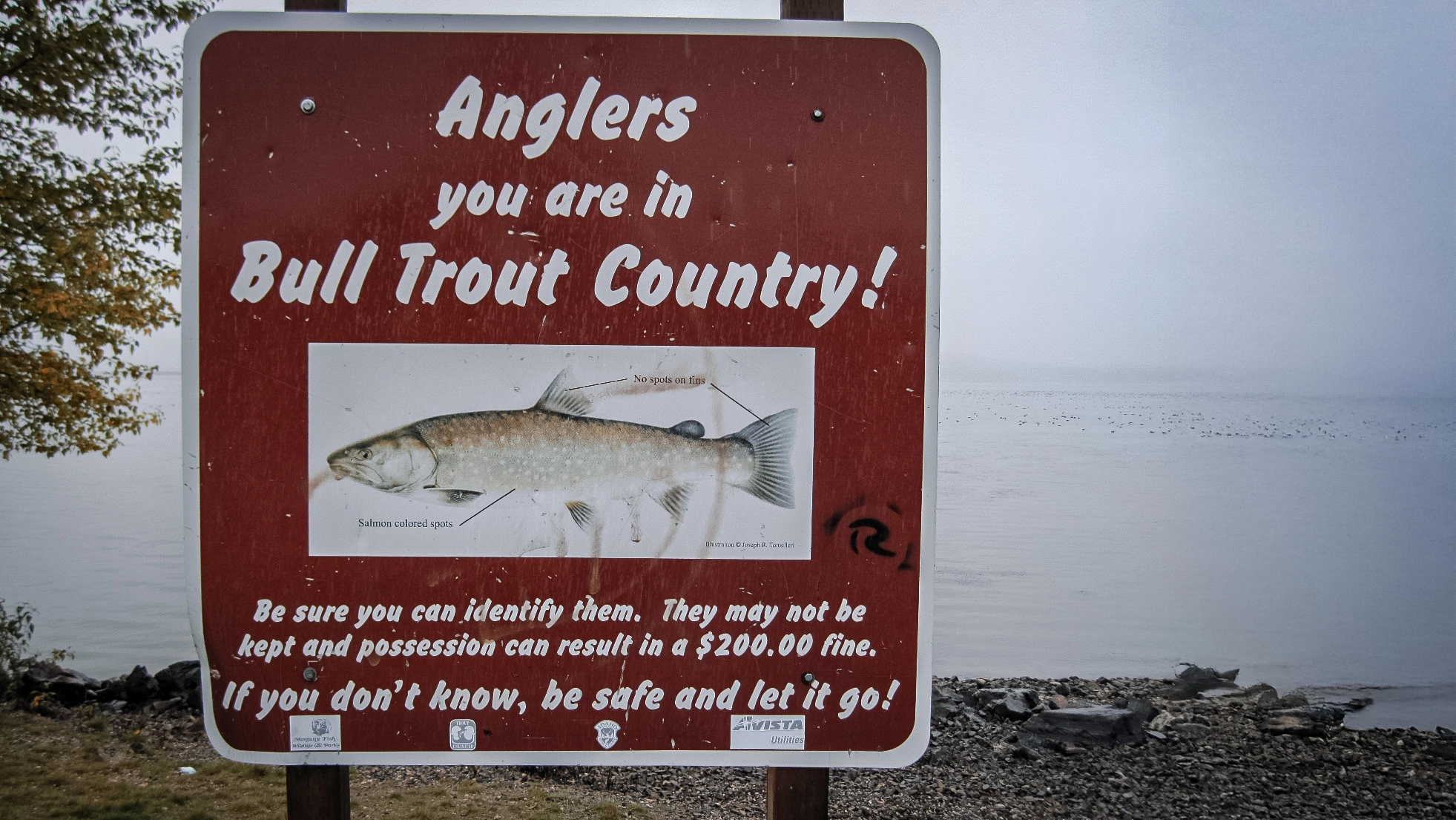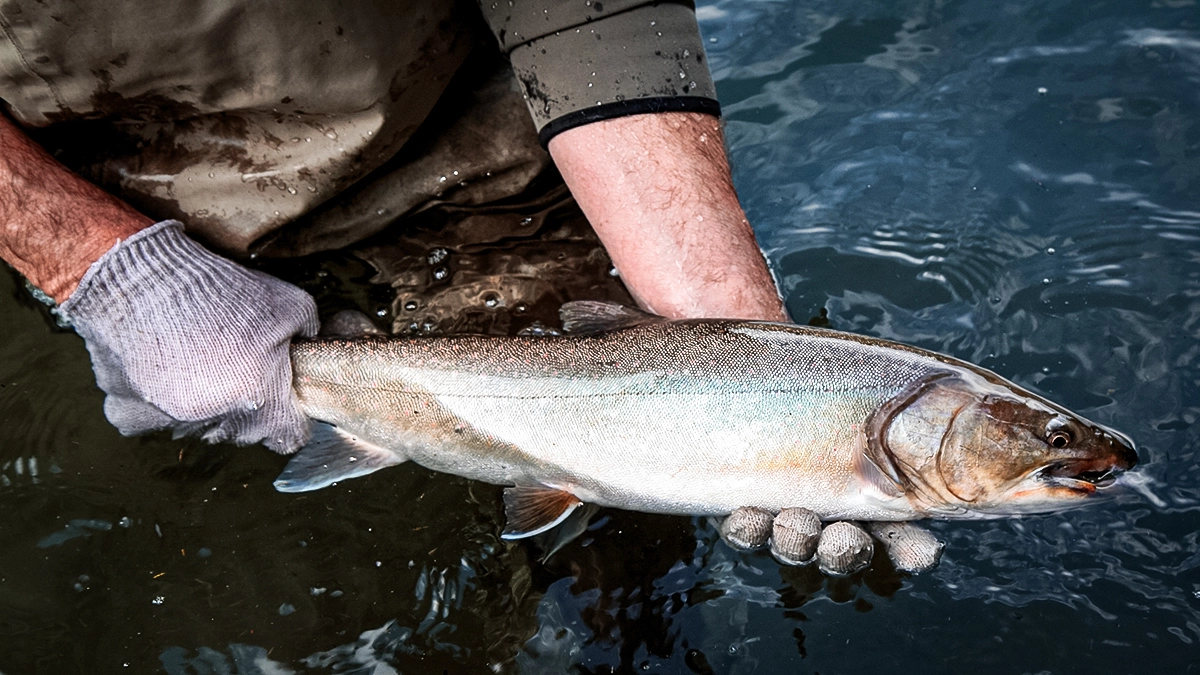Anglers in Montana will now have to contend with a number of recently announced regulation changes that, among other things, restrict fishing for bull trout in the state.
The changes were made in an effort to combat declining population numbers, according to the Montana Fish, Wildlife & Parks Commission (FWP), which reviewed and made the changes at its Nov. 12 meeting.
Currently, bull trout are listed as “threatened” under the Endangered Species Act and their numbers have only been further impacted by habitat loss and warming waterways.
One of the biggest changes is that the fishing season for bull trout on the South Fork of the Flathead River, which is catch and release, will be reduced to the month of July only. Previously, the season ran from the third weekend of May to the end of July.
Additionally, anglers on the Hungry Horse Reservoir will only be able to keep one fish per season instead of two (for bulls the season runs from the third Saturday in May through Aug. 15).

To fish either, anglers must obtain and be in possession of a “catch card,” which requires them to record data when fishing for the threatened fish. The cards are free of charge.
The Hungry Horse and South Fork are the only fisheries where anglers can legally fish for bull trout in any river system.
Additionally, fishing is banned within 300 yards of spawning tributary mouths in parts of Big Salmon Lake.
So How Bad Are Montana Bull Trout Numbers?
Hungry Horse News reports that biologists have found a precipitous drop in redd counts in the South Fork and Hungry Horse spawning streams — a redd count is a method for monitoring fish populations and habitat conditions by literally counting the number of redds, or nests, located in a given riverbed.
The White River had almost 80 redds in 2011; this year, it had less than 30: a stark decline. Gordon Creek, at the heart of the wilderness area, had nearly 80 redds a few years ago; in 2023, and again in 2024, it had about 25.

Because the streams are so remote, they’re usually only surveyed every three or five years, but because the numbers were so low in 2023, biologists returned this year. Record low redd counts were recorded on the South Fork and in Salmon Creek and other tributaries.
“The science tells us that reducing fishing pressure and handling of bull trout will help stabilize the declining population numbers in these waters,” said FWP Acting Fisheries Division Administrator Jay Pravecek in the story.
Angler surveys showed that 44% of bull trout caught in the South Fork have been caught in the lower portion of the river, which means that a shortened season there should give fish time to migrate further upstream before they see any pressure from anglers.
“These changes are intended to be a proactive measure that maintains limited fishing opportunity but reduces the amount of handling stress on bull trout,” said FWP fisheries biologist Leo Rosenthal in the story. “These fish are important ecologically and culturally, but they are also an important sport fish. We want to maintain opportunity for anglers to pursue this unique native species.”












